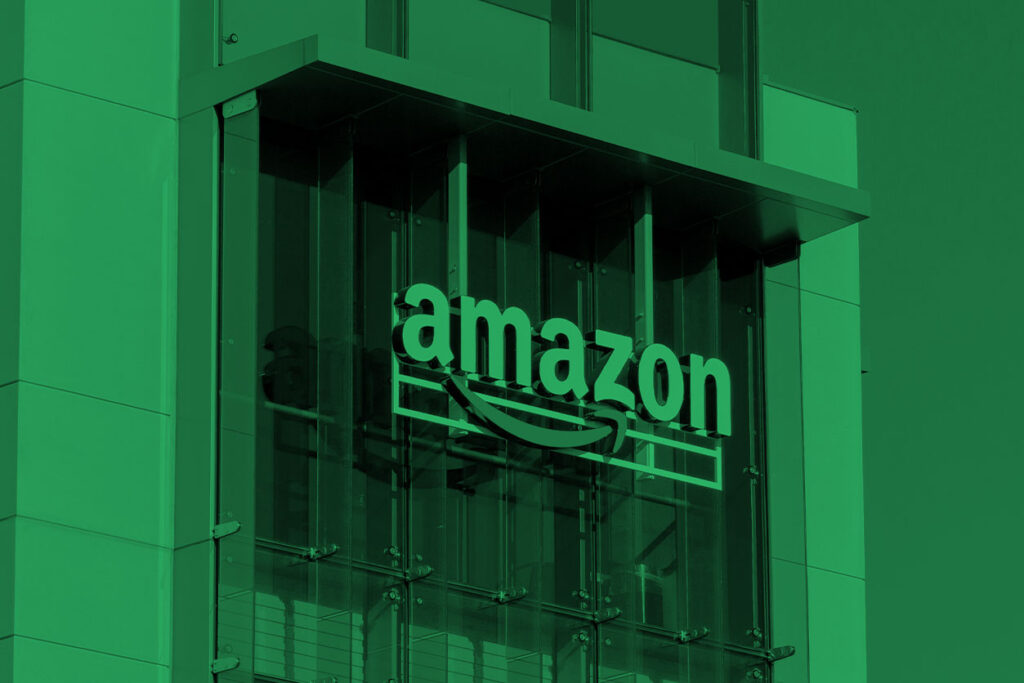The Trillion Dollar Club: Trading Amazon’s Shares

Your Amazon order has been fulfilled! From a garage-situated startup…
When Jeff Bezos came out of Princeton University, having graduated computer science and electrical engineering, he didn’t go out of his way to build an empire. Far from that, he didn’t even have such a vision. After working on several jobs, he noticed that people weren’t turning to the internet as much as they could, given its potent nature.
So, he took things in his own hands, and decided to give it a go. Since the hedge fund firm he was at ignored all his ideas of putting products on the net, Bezos started Cadabra Inc. His lawyer told him that it sounded too much like “cadaver” so he decided to go with the meandering South American river instead. Also, because company lists online were alphabetical back then.
Books for everyone, anywhere. The man started selling and shipping books himself not from a warehouse with seemingly no boundaries, but from his good old garage in Seattle. The results? Fabulous. In 30 days, $20,000 per week in sales. In several months, customers from all US states and another 45 countries. By 1996, Amazon had more than a hundred employees.
…to becoming a trillion-dollar company
The Amazon nowadays is truly like a jungle where you can get lost – you can find practically everything, including groceries.
If we were to delve deeper, it is actually Amazon’s impeccable timing and execution that has made it the company that it is today. Perhaps the first e-commerce business that kickstarted what Amazon is now regarded for is the music-centric store CDNow. However, as its CEO pointed out: “He had the right idea and I missed it, which is that if you can buy one thing, you can buy anything”. No need to hold out when you’re setting foot inland no one else has ventured before. Expand and grow, the rest will come after.
That’s what Jeff Bezos did with Amazon. Books, games, music, technology, groceries, services… The list is far more extensive than the 20 points he had presented to his employers at the time. Let’s turn our heads to Amazon Web Services (AWS) – the cloud computing company, host of websites for customers and businesses.
Although it may seem like just another service to pay monthly fees for, Amazon Prime’s role is tantamount to Amazon’s evolution. This customer loyalty program makes shopping a breeze – 1- to 2-day shipping on any order, no more waiting for products. Just check-out with one click (which was patented by Bezos between 1999 and 2017) and receive the parcel the next day – a truly frictionless experience.
Amazon (AMZN)
Equipped with the tools to navigate the ocean of customer demands, Amazon was appropriately prepared when the pandemic hit. Its reaction to the economic disruption was just a shrug. This did not affect its operations, it even supplemented them.
It had to take care of just one issue – the health and safety of the personnel. After a protest that put into question how Amazon treats its employees, a topic that had surged previously, Bezos decided to invest its quarterly operating profit in providing its workers with insulating measures, including higher wages.
And with that, we reach present day where Amazon is currently standing, with badly missed revenue and earnings estimates by Wall Street Analysts.
More consumers are going to physical stores now that the restrictions are looser and the new CEO Andy Jassy seems to be positive about the company’s strategy in the long run, despite the higher costs of “several billion dollars” that are being foreseen.
AWS managed to compensate in the run of estimates, with revenue up to $16.11 billion instead of the expected $15.48 billion. Its operating income of $4.88 billion makes the parent company‘s $880 million pale in comparison. If anything, it seems that AWS could be Amazon‘s rope out of this bear trap it is getting into. Amazon‘s shares have seen a fall ever since this report, but depending on the company‘s performance during the upcoming quarter, that could change.

